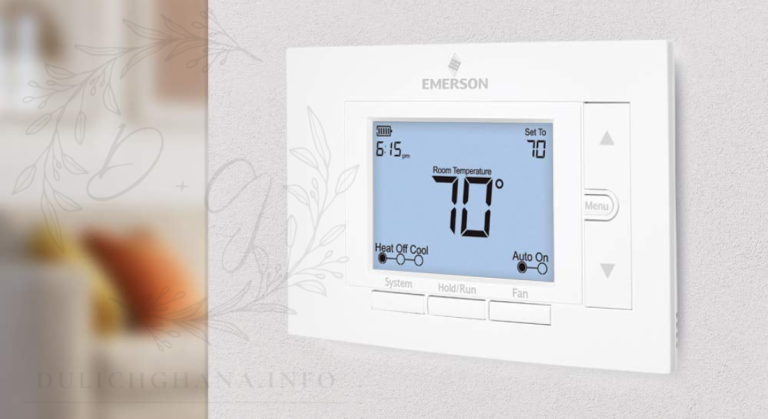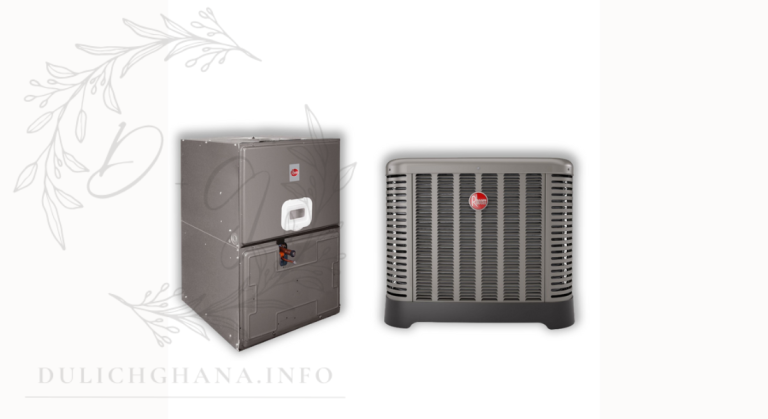
When booking a hotel, the star rating is often the first thing travelers look at to gauge the quality of the property. But how exactly are these ratings determined? Hotel rating systems vary by country, region, and even the platform you’re booking on, making it essential to understand the different standards that apply. This guide will walk you through the various hotel rating systems and what they mean, so you can make informed decisions when selecting your next stay.
1. The Star Rating System: A Global Standard
The most widely recognized hotel rating system is the star rating system, which typically ranges from 1 to 5 stars. This system is used by many travel agencies, booking platforms, and hotel associations worldwide to provide a quick snapshot of a hotel’s quality and amenities.
– 1-Star Hotels:
Basic accommodation with minimal services. Expect small rooms with simple furnishings, often without private bathrooms or extra amenities. These hotels are ideal for budget-conscious travelers who are looking for a place to sleep without frills.
– 2-Star Hotels:
Slightly more comfortable than 1-star properties, 2-star hotels usually offer basic amenities like a private bathroom, television, and sometimes a dining option like a café or restaurant.
– 3-Star Hotels:
Hotels in this category provide a higher level of comfort, with more services such as room service, fitness centers, and multiple dining options. They often cater to both leisure and business travelers, offering a good balance between affordability and quality.
– 4-Star Hotels:
These hotels are known for offering luxury amenities like upscale dining, concierge services, and well-furnished rooms. Expect larger rooms, premium toiletries, and facilities such as pools, spas, and conference rooms.
– 5-Star Hotels:
The epitome of luxury, 5-star hotels offer personalized service, elegant décor, and world-class facilities. From Michelin-starred restaurants to butler service and top-of-the-line spa treatments, 5-star hotels spare no expense in ensuring a premium experience.
2. The Diamond Rating System by AAA
In North America, particularly in the U.S. and Canada, the American Automobile Association (AAA) uses a diamond rating system to evaluate hotels. Similar to the star system, it ranges from 1 to 5 diamonds, with 5 diamonds representing the highest level of luxury and service.
- 1-Diamond: These hotels offer basic, no-frills accommodations with limited facilities and amenities.
- 2-Diamond: More comfortable than 1-diamond properties, these hotels provide a higher level of cleanliness and service, with some additional amenities.
- 3-Diamond: These hotels offer a good level of comfort, service, and amenities, suitable for both leisure and business travelers.
- 4-Diamond: These properties are upscale, offering luxurious rooms, gourmet dining, and superior service.
- 5-Diamond: The pinnacle of luxury, 5-diamond hotels provide personalized service, exclusive amenities, and the finest dining experiences.
3. Forbes Travel Guide: The Star Rating System
Forbes Travel Guide, one of the most prestigious rating systems globally, uses a star-based system, focusing heavily on service quality rather than just amenities. Forbes evaluates hotels based on more than 900 criteria, making it one of the most thorough rating systems.
- 5-Star Hotels: These hotels are known for offering flawless service, impeccable facilities, and luxurious details. Every aspect of the guest experience is carefully curated to provide exceptional service and comfort.
- 4-Star Hotels: These are outstanding properties that offer high-quality service and luxury amenities but may not have the same level of personalized attention as 5-star hotels.
- Recommended Hotels: These hotels are highly regarded but do not yet meet the rigorous standards required for 4 or 5 stars.
4. European Hotelstar Union: Standardized Across Europe
In Europe, the Hotelstars Union provides a standardized rating system that operates across several countries, including Germany, Austria, Switzerland, and others. This system ensures uniformity in hotel ratings across the continent, making it easier for travelers to compare options.
- 1-Star: Basic accommodation with minimal services, usually without private bathrooms or on-site dining options.
- 2-Star: Modest comfort, private bathrooms, and limited amenities.
- 3-Star: More spacious rooms, higher quality furnishings, and additional services such as a restaurant and fitness center.
- 4-Star: High comfort level with premium furnishings, more extensive services, and amenities such as pools, spas, and multiple dining options.
- 5-Star: Luxury hotels with personalized service, superior facilities, and attention to detail in every aspect of the guest experience.
5. User-Generated Ratings: Online Platforms
In addition to official rating systems, online platforms like TripAdvisor, Booking.com, and Google allow users to rate hotels based on their personal experiences. These ratings typically range from 1 to 5 stars and offer valuable insights into real-world customer experiences.
- TripAdvisor: Offers both star ratings and rankings based on user reviews. Travelers can read detailed reviews and view photos uploaded by other guests to get an idea of what to expect.
- Booking.com: Uses a similar 1 to 10 rating system, where users score hotels based on various categories like cleanliness, comfort, location, and service.
- Google Reviews: Offers quick ratings, often without as much detail as TripAdvisor or Booking.com, but gives a general overview of customer satisfaction.
6. Sustainability Certifications: Green Key and LEED
As eco-conscious travel becomes more popular, many hotels are being rated on their environmental practices. Certifications like Green Key and LEED (Leadership in Energy and Environmental Design) assess hotels based on their commitment to sustainability.
- Green Key: This certification focuses on eco-friendly practices, such as energy and water conservation, waste management, and corporate social responsibility.
- LEED: Hotels with a LEED certification have been evaluated based on their sustainable building practices, energy efficiency, and environmental impact.
Final Thoughts
Hotel rating systems offer valuable insight into the quality and service you can expect from a property. Whether you’re looking for budget accommodations or a luxury retreat, understanding how these ratings are determined helps you make informed choices when booking your stay. By combining official rating systems with user reviews and sustainability certifications, you’ll have a well-rounded view of any hotel you’re considering.






